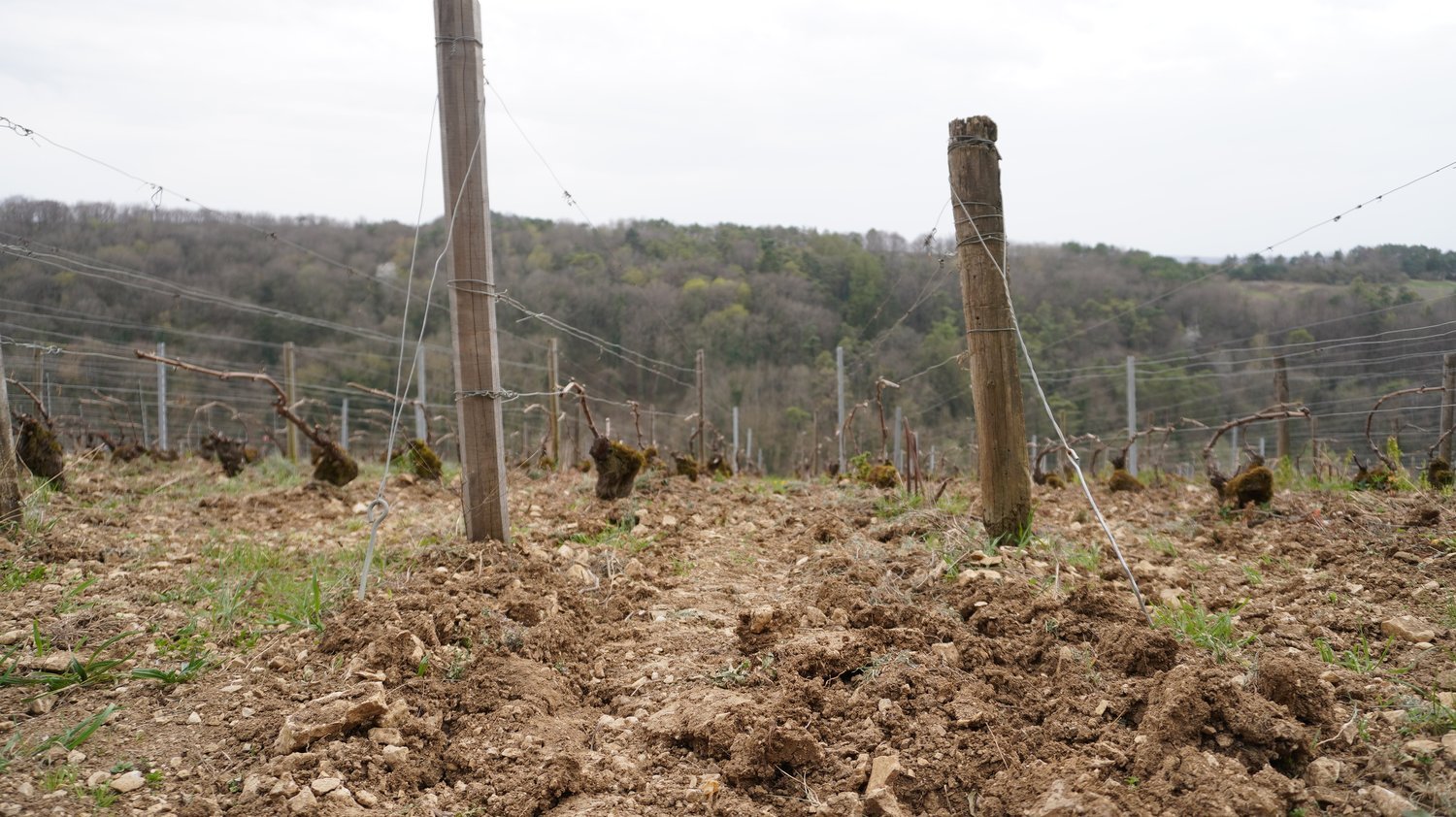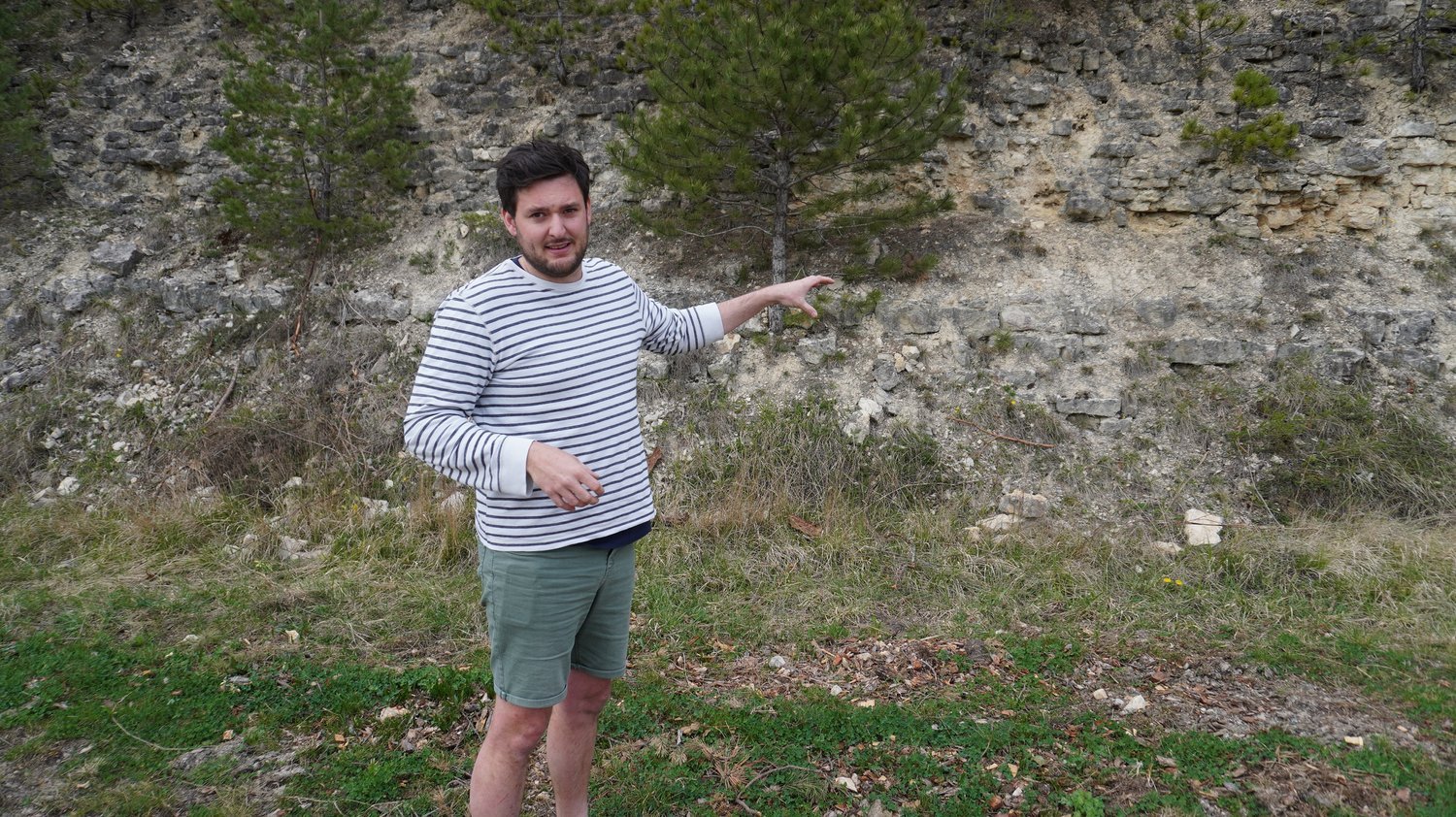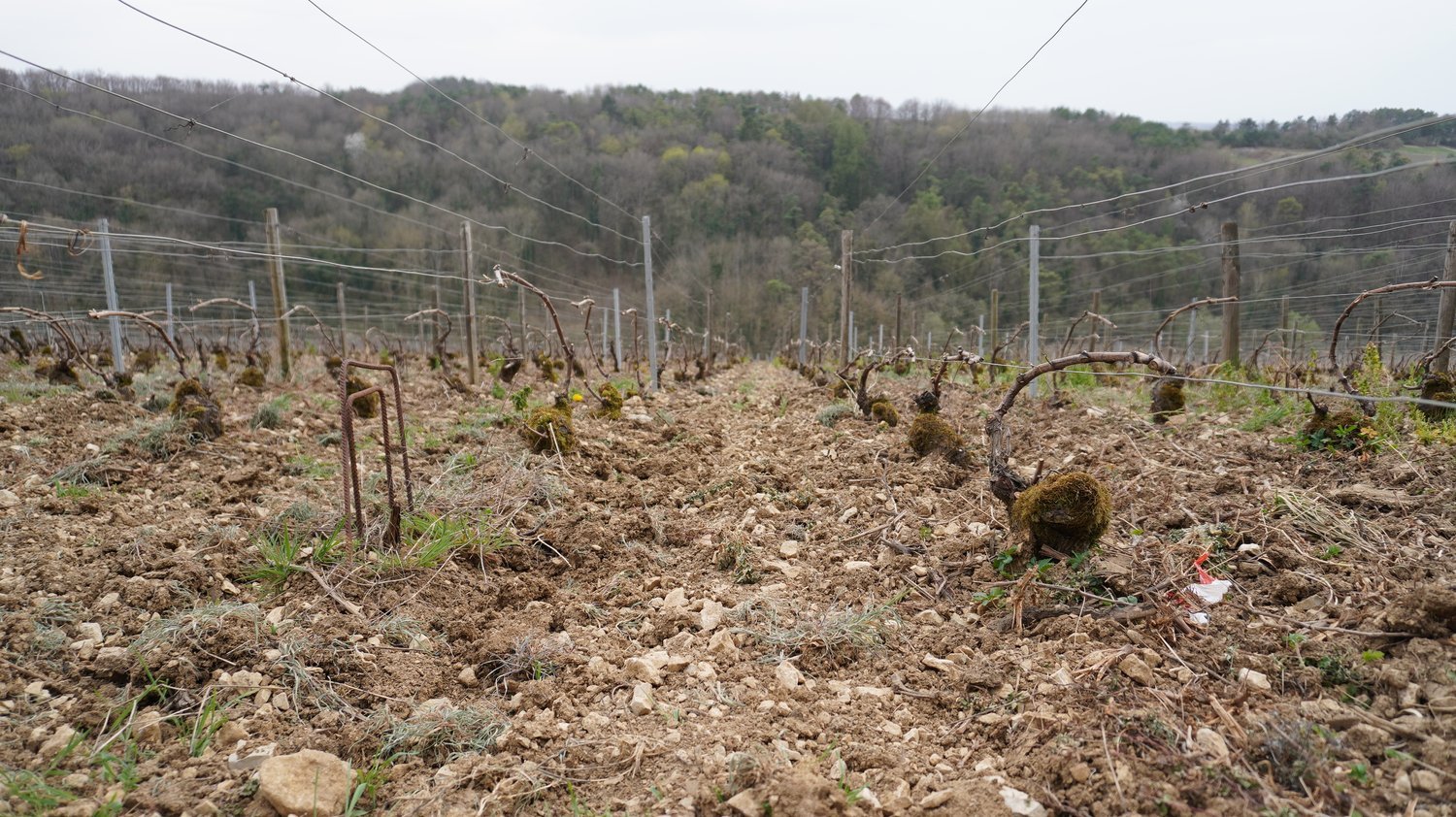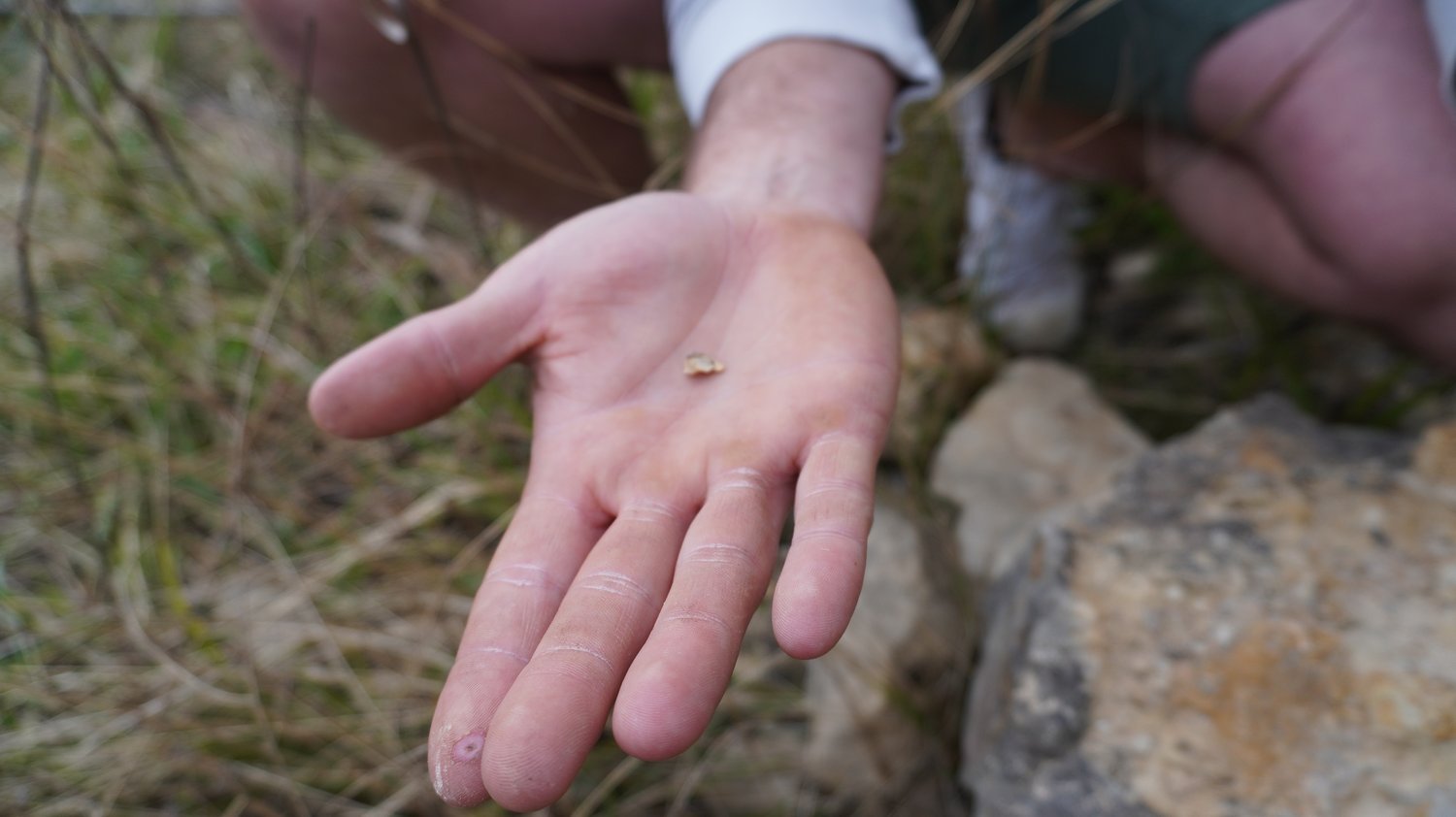Brocard Pierre
Côte des Bar, Champagne
Fifth generation vigneron Thibaud Brocard’s handcrafted, terroir-focused wines are transparent and electrifying. His wines channel Champagne’s Côte des Bar in an effortless display of youth and freshness. His family vineyards, situated near the village of Celles-sur-Ource in the Seine River valley, are part of a geographically, biologically, and culturally diverse region. The gastronomic vintage Champagnes, made from single-grape varieties and parcels, form the basis for Thibaud’s philosophy.
Thibaud’s great grandfather, Georges Brocard, began producing Champagne in 1932. He was followed by Emile Brocard, Henri Brocard, then Pierre Brocard, Thibaud’s father. In 2012, Thibaud took over the family estate under his father’s watchful eye. Today, he endeavours to practice a sustainable and responsible viticulture, with next generations and the Earth’s future at its core. He does so under no eco-friendly label or charter.
In the cellar, he uses a blend of new and old methods to create terroir reflective wines. They’re practically etched into clay and limestone Kimmeridgien soils, which impart longevity and personality to the Pinot Noir, as well as minerality and vivacity to the Pinot Blanc and Chardonnay. The traditional Coquard press ensures a slow and homogenous press to minimise colour extraction and ensure that the most delicate fruit flavours are expressed.
Thibaud works non-oxidatively, using nitrogen in the winery to protect his tanks and precious reserve wines, which reduces the need for SO2 considerably while preserving fruit and vineyard expression. This practice is worth a mention, as it is a tool that helps him produce delicious wines without faults or defects, made for maximum enjoyment.
His Champagnes have very little-to-no SO2 added, with an average of total 18-32 mg/l, depending on vintage and what the native yeasts are able to achieve. Champagne Brocard Pierre is unfiltered and bottled without cold stabilization, using bentonite for a gentle fining.
Finally, Thibaud favours long-aging on the lees in bottle (3 to 5 years), as well as an average of 9 months of post-disgorgement aging in bottle to allow the wines enough time to integrate before release.
NV Champagne Tradition Brut
Brocard Pierre’s entry-level and only blended-grape expression of Champagne, Cuvée Tradition Brut, spends three years on the lees in bottle before release, which in our opinion, makes it one of the best quality-for-value wine of Champagne.
Winemaking
The Tradition is made of Pinot Noir (70%), Chardonnay (5%) and Pinot Blanc (25%) grapes from vineyards planted on clay-calcareous soil near Celles-sur-Ource. 2018 vintage reserve wine makes up the dominant base, while 30% comes from different réserve vintages. The juice was fermented in oak (15%) and stainless steel (85%) at controlled temperature. The wine then spent 4 months in stainless steel, and it was aged on lees for 2.5 years. It has 6g/l of dosage.
Tasting Notes
A flattering nose dominated by the Pinot Noir. Good harmony in the mouth, strength associated with freshness but not heavy accompanied by a slightly mentholated finish. Ripe citrus. Unctuous mousse. Chalky, mineral and saline and mouth coating. Generous autolitic notes.
2017 Champagne Bulles de Blanc Extra Brut
The Bulles de Blanc is the ultimate Blanc de Blancs Champagne. It shows great complexity and definition, with an incredibly long finish designed to elevate dining experiences. The nose is delicate and floral, with notes of lime blossom, vanilla, fresh hazelnuts, and citrus. The palate is refreshing, vinous, and with substantial depth and minerality.
Winemaking
The Bulles de Blanc is made of 100% Chardonnay grapes from vineyards planted on clay-calcareous soil near Celles-sur-Ource. Once pressed off the whole bunches, the juice was fermented in stainless steel at controlled temperature. The wine then spent 4 months in stainless steel, and it was aged on lees for at least 4 years. It has 2g/l of dosage.
Tasting Notes
This is the ultimate Blanc de Blancs Champagne. It is opulent, with lime, lemon and complexing notes of vanilla, hazelnuts, and a super fine acid line. The palate is quintessentially Champagne, with a chalky texture and yeasty and sweet brioche flavours to round it off. It has a soft, creamy mousse reminiscent of cashew butter.
2017 Champagne Contrée Noire Extra Brut
The Contrée Noire is a Blanc de Noir from 100% Pinot Noir grapes harvested in 2015 from the Frillon lieu-dit, planted in 1962. The vineyard is south-facing but maintains great freshness thanks to its location in a valley between two forests of pine trees.
Winemaking
The Contré Noire is made of 100% Pinot Noir grapes from vineyards planted on clay-calcareous soil near Celles-sur-Ource. Once pressed off the whole bunches, the juice was fermented in stainless steel at controlled temperature. The wine then spent 4 months in stainless steel, and it was aged on lees for at least 4 years. It has 2g/l of dosage.
Tasting Notes
This wine is particularly perfumed with almond blossom and frangipane floral aromas. Bright red berry fruit aromas also flatter the nose. Bitter almond, red currant, red apple skin and tart raspberry make up the generous palate, framed by a firm acid line that adds to the amazing length and depth of flavour.
NV Champagne Saignée de la Côte Extra Brut
Thibaud was not originally interested in making rosé. So, this is as natural and elementary a rosé he’s created, the kind that drinks like a red wine, with bubbles. His rosé Saignée de la Côte was born from one of the boldest wines of the region - blurring the lines between red Côteaux Champenois and Champagne in an inimitable manner.
Winemaking
This rosé de saignée is made of 100% Pinot Noir grapes harvested in 2014 from vineyards planted on clay-calcareous soil near Celles-sur-Ource. Once bled off the crushed grapes, the pink-hued juice was fermented in stainless steel at controlled temperature. The wine then spent 4 months in oak barrels before it was aged on lees for at least 3 years. It has 2g/l of dosage.
Tasting Notes
This rosé Champagne has a deep pink orange and bright ruby rim. The nose opens with an explosion of red berry fruit characters - strawberry, raspberry, cassis, then hints of violets, white pepper, and cinnamon. The palate is well structured yet not tannic; it has great body, colour, and flavour intensity – again, red berry fruit making up the core and sweet vanilla spice and fresh liquorice lingering on the finish.
NV Champagne L'Egarée Zero Dosage
The L’égarée (French for ‘the lost one’) zéro dosage displays a beauty that is certainly not lost on us. It is a perfect combination of Chardonnay and Pinot Noir, intricately meshed through some time in new oak barrels.
Winemaking
The Pinot Noir (50%) and Chardonnay (50%) are beautifully balanced, thanks to some time in oak barrels. The wine was aged on lees for up to 5 years. It is a brut nature (0 g/l dosage).
Tasting Notes
This wine offers citrus and just ripe berry aromas that are at once light and intense. The fruit-driven palate is easy to drink, complemented by flavours of coriander seed, vanilla spice and delicate liquorice that enriches the unctuous mousse.
2018 Champagne Absimilis Extra Brut
The Champagne Absimilis 2018 is an extra brut Blanc de Blancs made from 100% Pinot Blanc grapes harvested from vineyards located on clayey-calcareous soil near Celles-sur-Ource, Côte des Bar. The wines of Celles-sur-Ource have a richer aromatic and flavour make up and a restrained acidity.
Winemaking:
Pinot Blanc is gifted with body and softness, thanks to an extended maceration on skins (17 days) in stainless steel tanks, resulting in a characterful wine combining grip and freshness. It was vinified in stainless steel tanks and used oak barrels. The wine was aged on lees for 3 years before final disgorgement and bottling. It has 2 g/l of dosage.
Tasting Notes:
The nose reveals aromas of ripe pear, citrus and tropical fruit, clearly highlighted with tones of fine herbs, citrus blossom, honey and nuts, plus subtle sweet spice, and a mineral touch. It’s spicy on the palate, with notes of cloudy pear cider and salted nuts, great supporting acid freshness.














